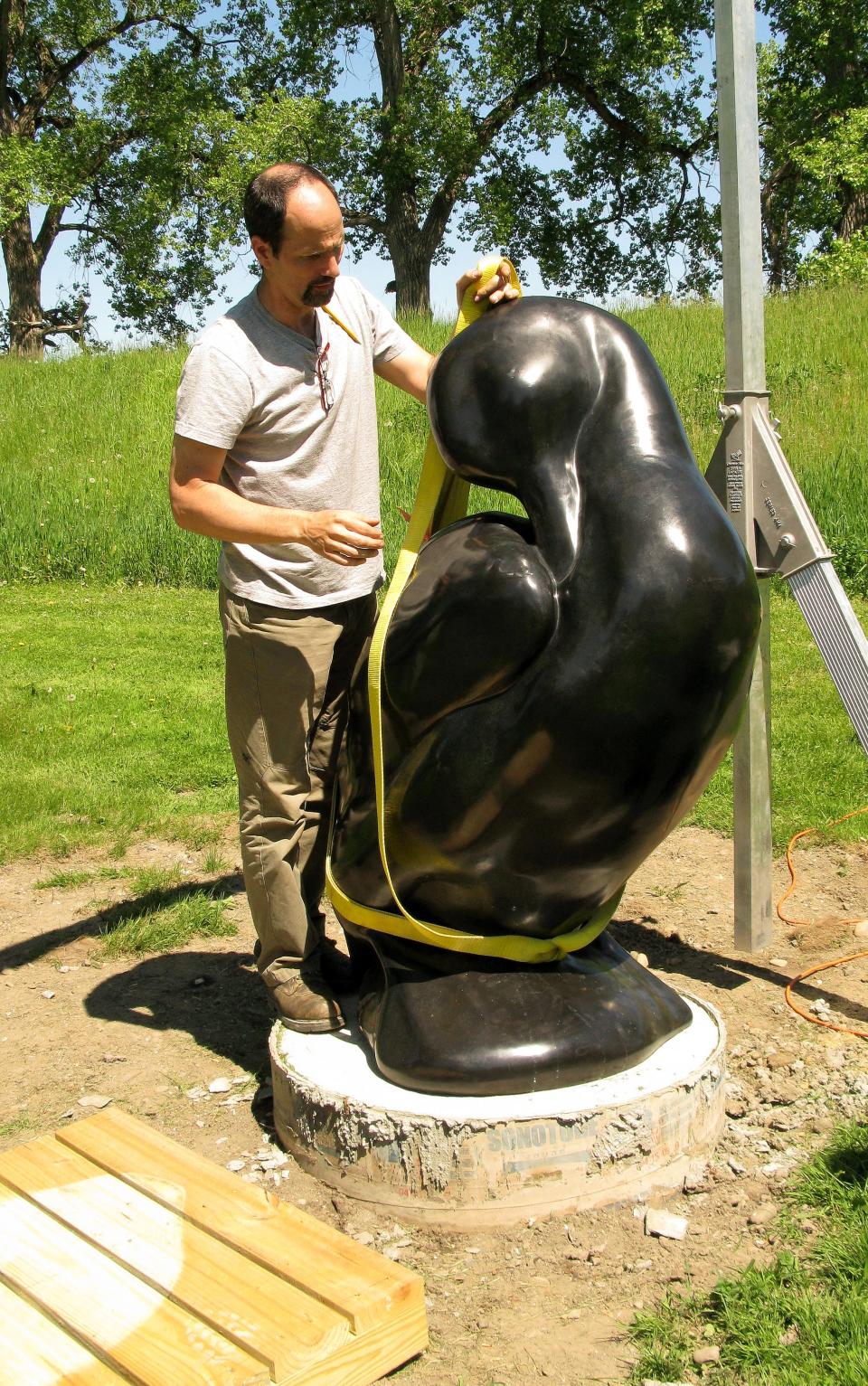Did an Elmira man kill the last Labrador Duck? Last known sighting occurred during flood
I grew up in the “Buttonwood Settlement” (the Brand Park area) of Elmira's Southside, where my Janowski family has lived since 1872. Our first homestead was on Robinson Street at the end of Horner Street, near today’s 567 Robinson St.
Six years later, a great flood from many inches of rain soaked the northeast United States on Dec. 11 and 12, 1878 resulting in countless tragedies.
Weather reports for Elmira that week were sketchy as floods were commonplace. I couldn’t find actual inches reported anywhere. On Dec. 11, The Baltimore Sun reported 48 hours of straight rain. The James River in Lynchburg, Virginia, rose 8 feet. Tides were unusually high in Rhode Island. Coal mining was stopped in Pottsville, Pennsylvania.
I did find mention of Elmira in the Harrisburg Daily Independent on Dec. 11, when it reported, “[In Elmira] It has rained for 24 hours. The Chemung River is higher than it has been in years, and Newtown Creek has overflowed the lower part of the city.” The Southside was not yet part of the city, so that newspaper was referring to the Eastside. The Wilkes-Barre Times Leader on Dec. 12 reported that the Susquehanna River at Wilkes-Barre was at 23 feet.
The very last specimen of Labrador Duck (Camptorhynchus labradorius) was shot, killed, and eaten on Dec. 12, 1878, on Elmira’s Southside near Brand Park. It seems a young man was hunting food for his family when he came upon this duck. Keep in mind that Elmira was experiencing a flood at that particular moment, so food was in short supply. You have to do what you have to do.
This species of duck had previously been thought to have been extinct since 1875. Wikipedia says that the birds wintered off the coast of New England and New Jersey. Did the bird get lost in the storm and end up on Elmira’s Southside? The bird was so odd at this location that its presence gained scientific attention.
William Dutcher, an expert on the history of the Labrador Duck and later president of the National Audubon Society of New York City, in his scholarly essay of 1891, "The Labrador Duck – A Revised List of the Extant Specimens in North America," believed that these ducks had gone extinct sometime between 1860 and 1870.
In 1877, he began looking for taxidermized examples for his collection. He noted that there were 33 in existence in the United States.

Dr. W. H. Gregg of Madison Avenue in Elmira, a novice bird watcher and reader of the American Naturalist magazine, caught wind of the boy’s catch and tried to acquire the specimen for Dutcher. Still, alas, the bird had been dinner for the family. Dr. Gregg was able to retrieve the head and the neck from the garbage pail. He kept the remains in his possession for many years at his home until they were lost during a move to New York City.
Mr. Dutcher never got to see the last duck.
More: Seeking the Labrador Duck in Elmira, last seen in 1878
Who was that young man? Was he a Janowski? Using the 1878 city directory and the 1880 census, I’ve narrowed the selection of “young men” who might have shot the bird down to four local lads — my great-great uncle Billy Janowski of Robinson Street, Albert and Walter Young of Esty Street, and Samuel Burchell of Esty Street.
Wikipedia says that Labrador ducks tasted terrible and rotted quickly.
-- Diane Janowski is the Elmira City Historian.
This article originally appeared on The Evening Tribune: Elmira man may have been last to see a live Labrador Duck, now extinct

